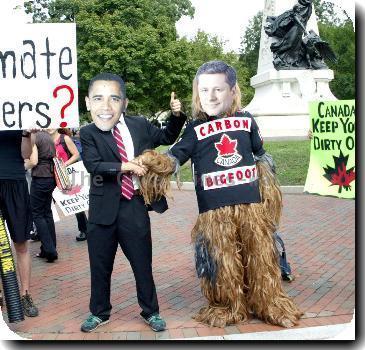BP CEO: 48 hours before we know if pumping mud successfully plugs Gulf oil gusher
By Greg Bluestein, APFriday, May 28, 2010
2 more days before BP knows if mud stops oil leak
ROBERT, La. — BP won’t know until Sunday if pumping heavy mud into a blown-out well on the seafloor is successful in stopping the massive Gulf of Mexico oil spill, its chief executive said.
CEO Tony Hayward said on the CBS “Early Show” that his confidence level in the well-plugging effort remains at 60 to 70 percent.
BP PLC, which owns the well and is the largest oil and gas producer in the United States, began injecting mud into the well on Wednesday afternoon in an untested bid to end a spill whose millions of gallons have surpassed the Exxon Valdez disaster. The catastrophe started with an oil rig explosion April 20 that killed 11 workers.
The maneuver, called a top kill, has worked on land but has never been tried in deep water. It comes after BP failed to plug the leak with a blowout preventer, a massive piece of machinery on top of the well that is supposed to be a fail-safe device, and couldn’t capture the crude with a mile-long tube or a 100-ton containment box.
The Obama administration’s point man on the disaster, Coast Guard Adm. Thad Allen, said BP’s work Friday will tell if a cap can hold.
Allen told ABC’s “Good Morning America” that the mud pumped into the well has pushed the oil down, but the challenge is going to be to keep enough pressure on the oil flow to put a cement plug in place.
“The real question is, can we sustain it, and that’ll be the critical issue going through the next 12 to 18 hours,” Allen said.
As the world waited, President Barack Obama announced major new restrictions on drilling projects, and the head of the federal agency that regulates the industry resigned under pressure, becoming the highest-ranking political casualty of the crisis so far.
Obama was scheduled to attend a briefing Friday at the U.S. Coast Guard Station in Grand Isle, La., by Adm. Thad Allen, who is overseeing the response to the spill. It would be his second visit to the region since the disaster began.
At the White House on Thursday, Obama acknowledged that his administration could have done a better job dealing with the spill and that it misjudged the industry’s ability to handle a worst-case scenario.
“I take responsibility. It is my job to make sure that everything is done to shut this down,” Obama said.
Hayward said on CBS that things were progressing as planned. He said BP engineers had completed a second phase by pumping what he called “loss prevention material” into the blowout preventer to form a bridge against which they could pump more heavyweight mud.
That part of the operation was completed early Friday and appeared to have been partially successful. BP would go back to pumping more mud later Friday, he said.
“I believe it will be around 48 hours before we’ll have clarity as to whether or not it has been successful,” Hayward told CBS.
If the mud works, BP would pour cement to seal the well.
“Clearly I’m as anxious as everyone in America is to get this thing done,” Hayward said.
BP has spent $930 million so far responding to the ruptured well, it said in a regulatory filing Friday, including costs for clean-up and prevention work, drilling relief wells, paying grants to Gulf states, damage claims and federal costs. BP says it’s too early to quantify other potential costs and liabilities associated with the spill.
The stakes were higher than ever as public frustration over the spill grew and a team of government scientists said the oil has been flowing at a rate 2½ to five times higher than what BP and the Coast Guard previously estimated.
Two teams of scientists calculated the well has been spewing between 504,000 and more than a million gallons a day. Even using the most conservative estimate, that means about 18 million gallons have spilled so far. In the worst-case scenario, 39 million gallons have leaked.
That larger figure would be nearly four times the size of the Exxon Valdez disaster, in which a tanker ran aground in Alaska in 1989, spilling nearly 11 million gallons.
The spill is not the biggest ever in the Gulf. In 1979, a drilling rig in Mexican waters — the Ixtoc I — blew up, releasing 140 million gallons of oil.
Associated Press Writers Seth Borenstein, Matthew Brown, Jason Dearen, Andrew Taylor and Matthew Daly contributed to this report.
Tags: Accidents, Barack Obama, Covington, Energy, Environmental Concerns, Louisiana, North America, Oil spill, Robert, Top kill, United States




